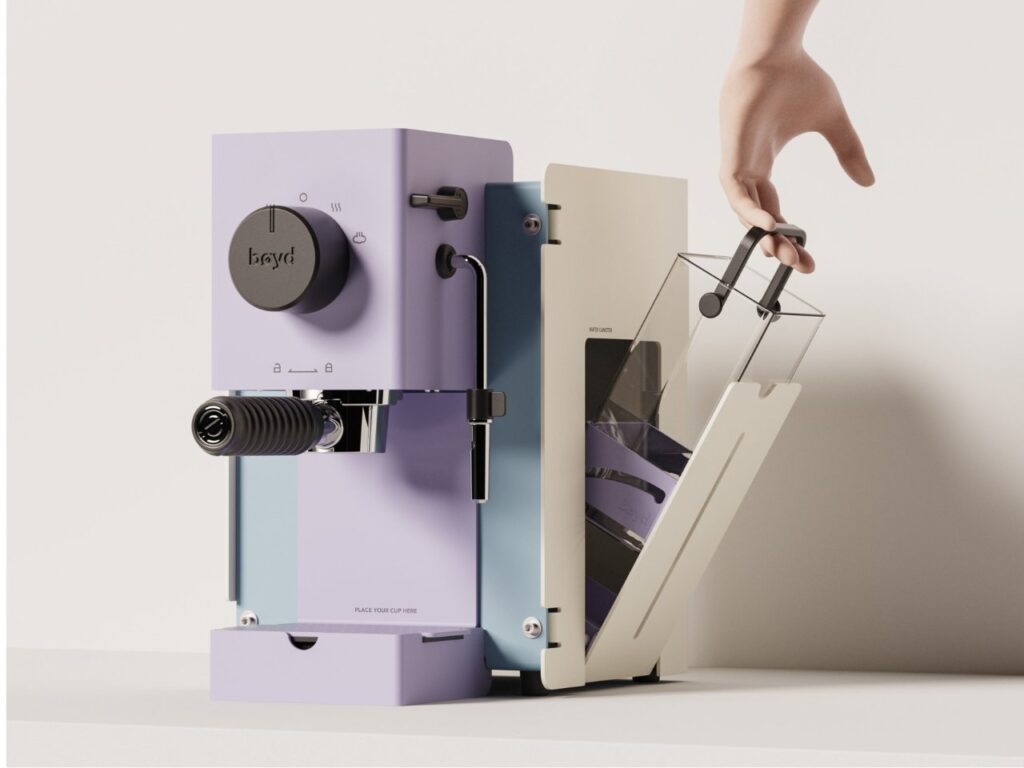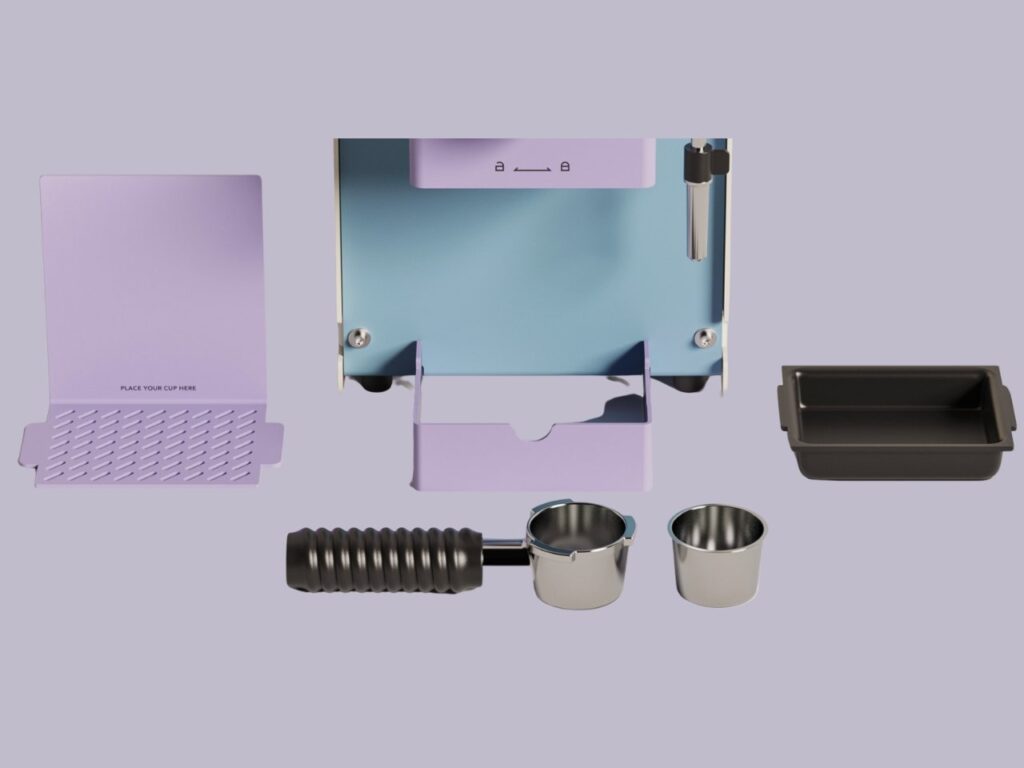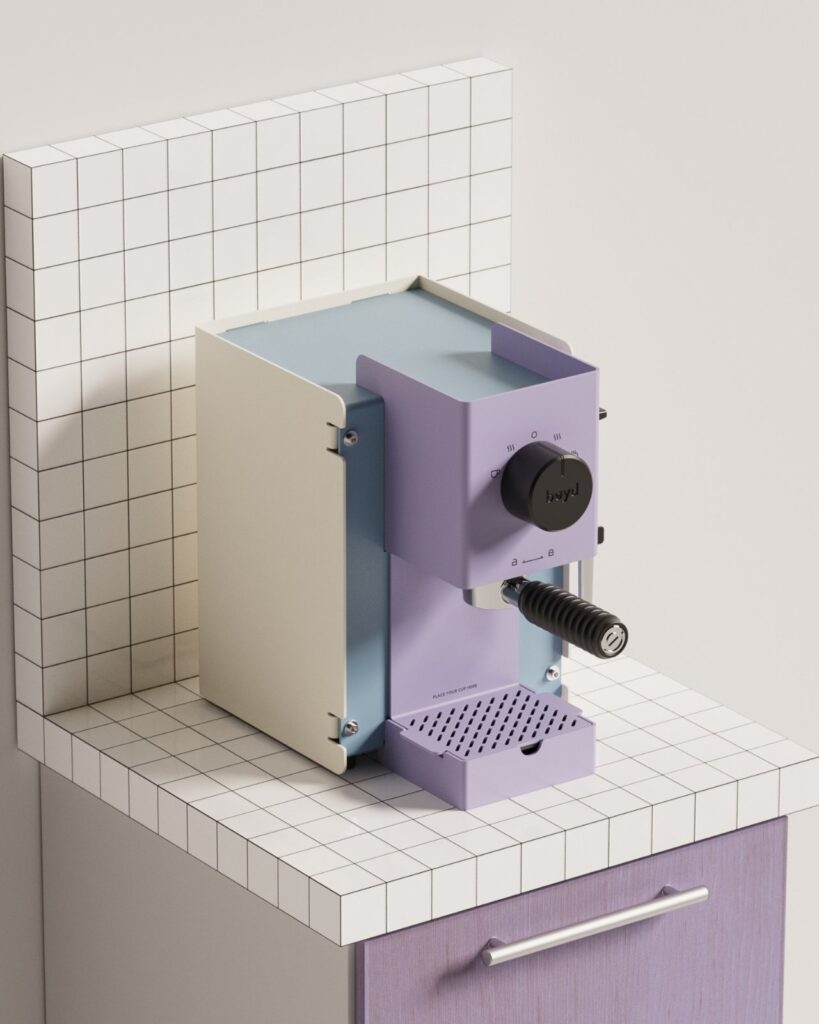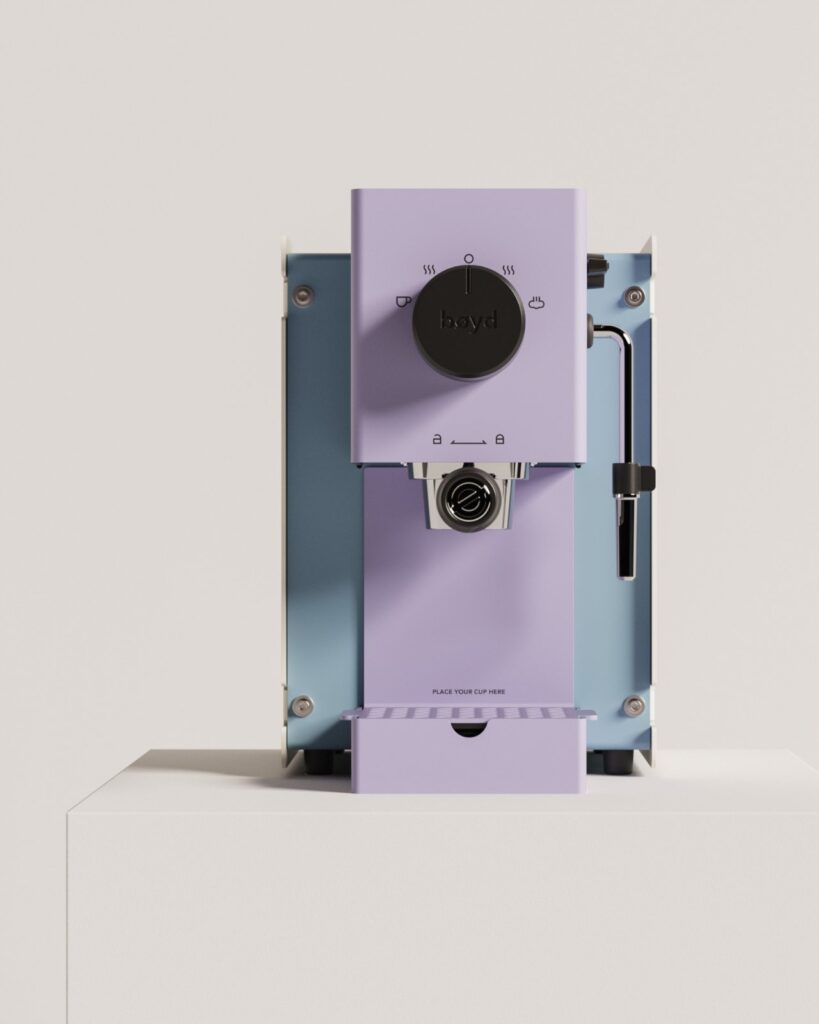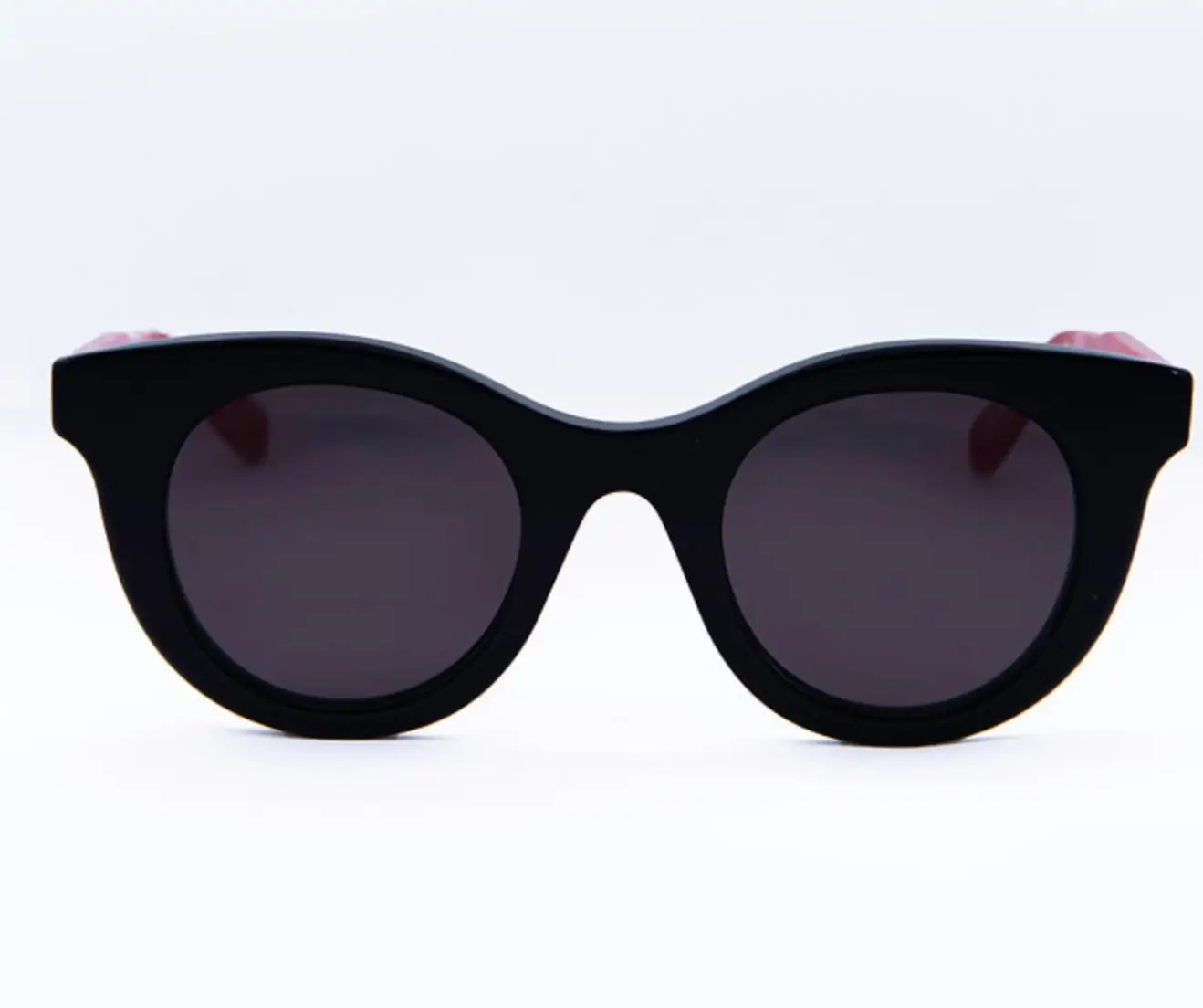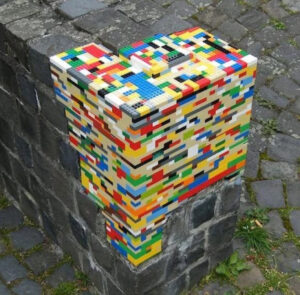When Appliances Become Icons
In the ever-expanding landscape of contemporary design, there are moments when an object transcends its category. A chair becomes not merely seating but an emblem of modernism; a lamp becomes sculpture; a sneaker becomes cultural currency. In the realm of appliances, this shift is rarer. Espresso machines, long tied to tradition and function, seldom aspire beyond utility. Yet the BØYD espresso machine concept from NYZE Studio makes the leap.
Not yet available for purchase, the BØYD has already captured imaginations across the design community. With a bold architectural silhouette, stripped-back surfaces, and an aura closer to a gallery piece than a domestic appliance, it represents a rethinking of what coffee culture can look like in the home.
The Architectural Influence
NYZE Studio’s approach draws heavily from architectural principles. The BØYD could easily be mistaken for a maquette of a modern building—its arcs and volumes recalling the work of designers like Tadao Ando or Oscar Niemeyer.
This connection to architecture situates the espresso machine within a broader design conversation. No longer a domestic utility, it becomes a scaled-down building for the kitchen: a structure of precision, proportion, and presence. Just as postwar architects sought to harmonize form and function, the BØYD embodies this balance on a domestic scale.
Minimalism vs. Tradition
Espresso machine design has historically leaned on tradition. Brands like La Marzocco or Faema still produce machines whose DNA traces back to mid-century Italy—polished chrome, levers, steam pipes. These machines communicate authenticity through heritage aesthetics.
The BØYD rejects nostalgia. It does not seek to remind us of cafés in Rome or Milan. Instead, it projects forward, proposing a language of coffee design unmoored from the past. Where heritage machines trade in romance, the BØYD trades in clarity and futurity.
Domestic Sculpture
What sets the BØYD apart is its dual identity as appliance and sculpture. One can imagine it in a kitchen, yes, but also in a living room, on a plinth in a gallery, or photographed for a design catalogue. Its lines are that resolved, its form that confident.
This blurring of categories reflects a growing trend: the convergence of domestic and gallery aesthetics. Just as collectible design objects now inhabit homes alongside functional furniture, appliances are beginning to follow suit. The BØYD is a prototype of this movement—a machine that doubles as art.
User Experience
While much of the attention falls on its form, the BØYD concept also prompts questions about function. Espresso machines are notoriously technical: water temperature, pressure, grind size—all variables that affect taste. NYZE Studio’s minimalism suggests not only visual clarity but functional simplification.
Could the BØYD represent an attempt to democratize espresso preparation? To create a machine where technology is hidden but performance remains at professional level? If so, it joins a lineage of design objects—from the iPhone to the Dyson vacuum—that simplify complexity without sacrificing capability.
Coffee as Lifestyle
Coffee has always carried cultural capital. In the twenty-first century, it has become a lifestyle marker on par with fashion, wine, or design. To own a BØYD espresso machine would be to participate in this culture at its most elevated level.
It would signal not only an appreciation for coffee but an alignment with avant-garde design. Just as a collector chooses a particular chair not simply to sit but to signify discernment, so too does the BØYD allow coffee drinkers to announce their aesthetic orientation.
Comparisons in the Field
To understand its position, one must compare the BØYD with the current landscape of coffee appliances. Brands like Breville and De’Longhi emphasize accessibility; high-end machines like Slayer or Synesso emphasize performance. The BØYD charts a third path: design as primary value.
This does not diminish its potential performance, but it reframes the purchase decision. Consumers drawn to the BØYD are not merely seeking the perfect espresso—they are seeking a design object that integrates seamlessly into their architectural environment.
Concept
It is crucial to remember: the BØYD is not yet in production. As a concept, it operates as a gesture toward possibility. Concepts matter because they set trajectories. They allow us to imagine new futures for objects we take for granted.
In this sense, the BØYD is valuable not only for what it may become but for what it already represents: a rethinking of how appliances can contribute to cultural life. Even if it never reaches mass production, its influence may ripple across the industry, inspiring manufacturers to consider design with equal weight to function.
The Designers Behind the Vision
NYZE Studio, the designer behind the BØYD, has positioned itself at the intersection of architecture, product design, and cultural critique. Their work reflects a belief that everyday objects should not be exempt from design rigor.
By applying architectural thinking to an espresso machine, NYZE Studio challenges both industries—coffee and design—to expand their horizons. The BØYD is not a gimmick; it is an argument, a case study in how function and form can coexist without compromise.
The Kitchen as Gallery
If the BØYD makes one argument most clearly, it is this: the kitchen is no longer a backstage space. It is the heart of the contemporary home, a stage for entertaining, a visible expression of lifestyle. As such, every object in it carries aesthetic weight.
The BØYD thrives in this context. Placed on a marble countertop or within a modernist open-plan kitchen, it would not recede into the background. It would anchor the space, a focal point around which domestic life revolves.
The Future of Coffee Design
The BØYD invites speculation about where coffee design may go next. Will appliances become more sculptural, competing with furniture for visual impact? Will the ritual of coffee continue to merge with lifestyle and identity, elevating machines into collectible objects?
If the BØYD is any indication, the answer is yes. Coffee machines may one day be judged not only by extraction quality but by their contribution to interior harmony. Function will remain essential, but design will be decisive.
Beyond Coffee
At its core, the BØYD espresso machine concept is about more than coffee. It is about what happens when everyday objects are treated with the seriousness of art. It insists that design should not stop at furniture or architecture but extend into the rituals of daily life.
Whether or not the BØYD enters production, it has already succeeded. It has shifted the conversation, reminding us that appliances can be cultural artifacts, that ritual can be sculpture, that minimalism can carry emotional weight.
Coffee, after all, is not just about taste. It is about how we live. And the BØYD machine proposes a future in which we live with greater intention, greater clarity, and greater beauty.
No comments yet.

